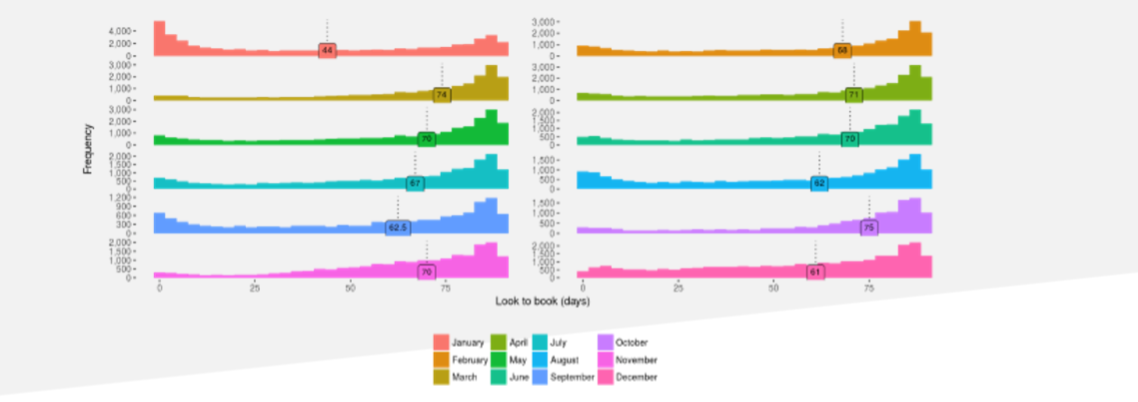Making the Most of Martech Part 2: Leveraging linguistics for international impact
Thinking about Martech? Step one is to clarify roles and responsibilities. You need to get a clear understanding of what role data has played in your organisation so far. Who owns customer data? Naturally one would think that should be the Chief Marketing Officer, but with the amount of technology involved it may be the Chief Technology Officer. Do they collaborate and align on customer targeting strategies? Who is responsible for defining cross-department data strategies?
Once responsibilities and remits have been clarified, the next step would be to define what role data is expected to play in the organization and restructure solutions in accordance with a well-defined strategy. At this stage assembling a Martech stack combining DMP, CDP, CRM, CMS, social listening, site analytics, consent management etc. into one integrated solution is crucial to ensure private first-party datasets can be developed. Your own first-party data can then be used to enable measurement, automation, and drive business intelligence.
Once your team and infrastructure are in place, the analytical possibilities are endless.
You can develop highly advanced forecasting tools, get an idea of the complete cost-to-acquisition, better allocate resources or calculate predictive churn and predictive customer value – all key methods powering business intelligence.
An example of what you can build based on your own first-party data is a look-to-book analysis. The below example shows how we helped an airline to understand the lag time of different customer segments from checking out a destination to actually making the booking.

The above is an example of a Look-to-book analysis interface that directly pulls data from the client’s CDP. It allows you to understand what kind of customer segment takes how much time to make a booking after starting to look for a destination. Successfully running this analysis requires access to a full year of log file data, followed by extensive data cleaning and analysis. Ideally, you have a system in place which allows you to feed new data into the set-up so the look-to-book analysis can be regularly updated as customer segments, expectations and travel climates change.
How is Martech relevant to international marketing and, more specifically, linguistics and localisation?
Firstly, customers follow different behaviours in different countries. You cannot simply take data from one and apply the same learnings to other markets. At Locaria, one of our values is Equality in Content: Creating content that is authentic to every customer and channel empowers our clients to grow, connect and build excitement. The power of Martech solutions will be greatly reduced if linguistic and cultural considerations are not taken into account.
Then there are the complexities of language – sometimes you have several official languages in one single country and audiences react very differently depending on what language choices you make. To avoid wasting marketing spend and alienating customers, it is important to have different profiles aligned with cultural and linguistic expectations, not just the performance metrics expected by a centralised, global marketing team.
With data from CDPs you are able to reach different audiences with tailored creative, or you can test a set of creatives using DCO (dynamic creative optimisation) via programmatic advertising. DCO is certainly not everybody’s cup of tea, for example, luxury brands want to have a lot of control over the content shown and want to ensure only perfectly adapted content at high quality is shown to their different target audiences. However, it can also be an efficient option for global campaigns.
From a purely linguistic perspective, you can combine site analytics with data science A/B testing models to identify what combination of words, terminology and style resonates best with a variety of customer segments. This process allows multilingual content development teams to make informed, objective decisions on what type of content structure performs better, rather than relying on purely subjective decision-making when it comes to style and tone of voice.
Social listening software is another Martech stack piece with direct links to linguistics. Social listening combined with natural language processing (‘NLP’) technology can be a powerful tool to run automated sentiment analysis and inform brands about the current perception of their products/services and react timely with tailored messaging across relevant marketing channels.
Making Martech a reality
To fully leverage the powerful combination of Martech and international expertise, we first must overcome the challenge of marketing and localisation teams working in total isolation. We need to grow together, understanding more of each other’s area of expertise.
Multilingual media content creation, localisation and transcreation have their own set of technologies and tools with equally many acronyms, including:
- TMS – Translation Management Systems which integrate with client platforms to increase efficiencies in the localisation process and can be modified to support marketing content
- TM – Translation Memories which are crucial for large volume functional text translation, but less so for creative advertising content
- SMT – Statistical Machine Translation which is popular for massive volumes of simple and repetitive text with lower expectations on style and tone of voice
- Neural Machine Translation – An advanced machine translation that takes relationships between related words/phrases within a given text into account to create a higher quality translation. This type of MT solution produces surprisingly strong target content for popular language combinations
- DAM – Digital Asset Management system which is key for clients with a large volume of assets to ensure you have an efficient workflow, do not double up on work, streamline your processes and repurposed existing assets
- NLP – Natural Language Processing used in speech recognition, sentiment analysis, machine translation, pretty much anything which requires analysis of natural language input and output
- QA software – quality assurance software for all types of content creation allowing for review, feedback, and automatic linguistic checks such as spell checks, consistency checkers etc.
Many of the language service industry software tools can be connected via API and be merged with data from various marketing platforms, such as search engines and analytics tools. For example, extracting search volumes from different engines worldwide and automatically integrating them with TMs and TMS can help linguists to understand search trends and consider those when creating termbases and glossaries. In turn that leads to translated website and meta content which drives higher visibility in the search engine organic space.
You can also connect real-time data from paid media campaigns about click-through-rates, bounce rates and conversion rates with TMSs and DAMs to inform content creators about the actual performance their assets have delivered, tie data directly back to a particular content creation methodology and then adjust your future localisation processes accordingly.
Truly multilingual, multi-channel marketing success can only be achieved if you can create highly personalised content pieces perfectly tailored to all the different and relevant target audiences, and you should be able to do so speedily without delays, at scale and without sacrificing quality assurance processes. Understanding how different linguistic structures impact your consumers’ perception and incorporating those learnings into your international marketing plans is the key to produce hyper-localised solutions which are globally consistent and locally relevant.
At Locaria, we celebrate language with data, ending subjectivity in multilingual marketing campaigns. We advise clients on strategies to build the best Martech and localisation tech tools for their needs into their content delivery workflows. When insights meet creativity, our people, and your marketing budget work at their best.

Article by Hannes Ben



